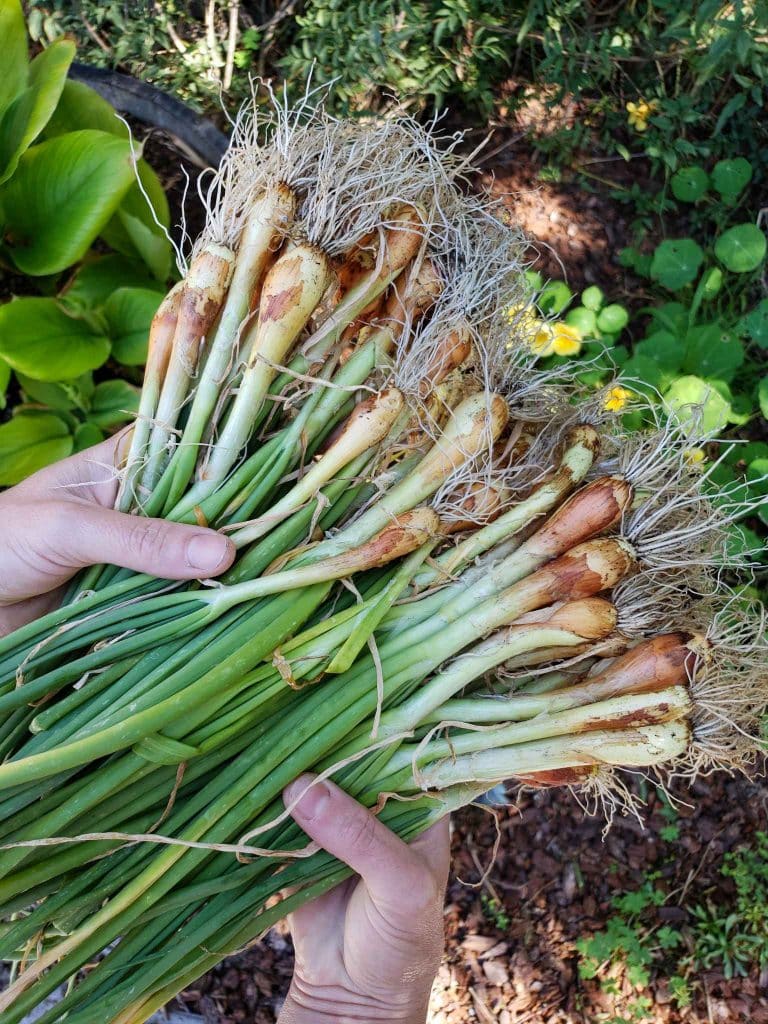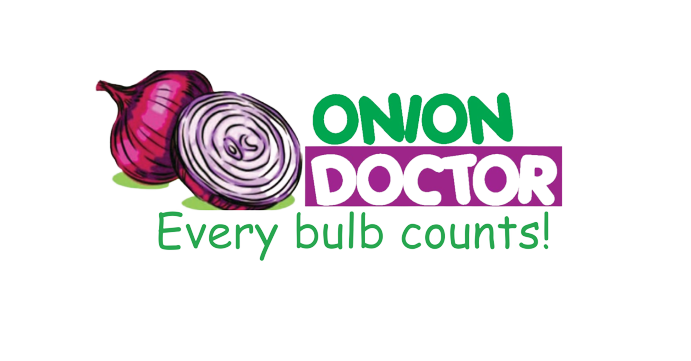How to Grow Onions: from Seed or Sets to Harvest

Are you in need of in-depth knowledge on onion and garlic production? If yes, we are a call away. Our service chatter includes: Onion seedlings, Garlic seedlings, Farm planning services, Soil testing, Drip irrigation installation and maintenance, Agronomic support, Onion and Garlic value pack and Farm management. For free consultation, placing orders or booking a visit with an agronomist, please contact us via Call or what’s app +254703982228, Email: Info@oniondoctor.co.ke.
Onions are generally considered a ‘cool season crop’ because onion seedlings like to start their life when conditions are still cool. Then as the weather warms up, they switch to focus their energy on bulb formation.
If you hope to grow onions from seed, you’ll need to be prepared to get a jump start and plant seeds. After sprouting onions take three months to reach a mature size.
At Onion Doctor we offer high quality seedlings, and guidelines on how to plant from nursery to harvesting point. Don't hesitate to reach out for our services at a competitive price.
The difference between bulbing onions, green onions, scallions or spring onions
Red, yellow, white, sweet… In addition to the various colors and subtle flavor differences, traditional bulbing onions can be enjoyed in a variety of ways – depending on the age they’re harvested! Before forming large bulbs, immature onions may be picked and used as green onions – also known as scallions. If you allow them to mature a little longer and form a modest (but still underdeveloped) bulb, then they’re considered spring onions! Gather up a cluster of young green onions, spring onions, or scallions, and now you have a handful of bunching onions. Note that there are also varieties of slender non-bulbing onions; a true “green onion”.
Short-day, long-day, and day-neutral onions
In addition to size and color, different onion varieties are further classified as either short-day, long-day, or day-neutral onions. They’re grouped by the number of daylight hours required to trigger good bulb formation. It is important to choose and grow onion varieties that are a good fit for your location! Otherwise, the onion bulbs may fail to successfully develop. Non-bulbing green onions aren’t as fussy about exact daylight hours, though all onions like plenty of sun!
Should I grow onions from seed, seedlings or “sets”? Do you want high quality seedlings, we Onion Doctor got your back! Don't hesitate to reach to us in your journey to grow onions . There are three main ways to grow onions: from seed, seedlings, or by purchasing onion sets. Every gardener has their preference between the three! Growing onions from seed is easy, and allows you to choose the exact varieties you want to grow! Purchasing started seedlings or sets is also a great option, and will give you a quicker start than seed.
Onion seedlings are like small green onions, recently started from seed (within the last couple months).
In contrast, onion ‘sets’ are small, dry, immature onion bulbs that were grown from seed the previous year. They were allowed to partially develop, harvested as a tiny bulb, and kept dormant to later sell or plant as “seed” – though they’re not really seed. Because they’re on their second year of life (and onions are biennial), onion sets have the tendency to bolt more readily or result in underdeveloped bulbs. When an onion ‘bolts’, it prematurely sends up a flowering stalk and then forms seed. You can still eat around the tough center of the onion bulb, but it will decline in quality and no longer be good for long-term storage.
Onion Doctor supports small holder farmers across Africa with quality and affordable Onion and Garlic seedlings, Onion seedlings, Farm planning services, Soil testing, Drip irrigation installation and maintenance, Agronomic support, Onion and Garlic value pack, Farm management, E-extension and on-farm training for farmers to optimize on yields and get maximum profits.
